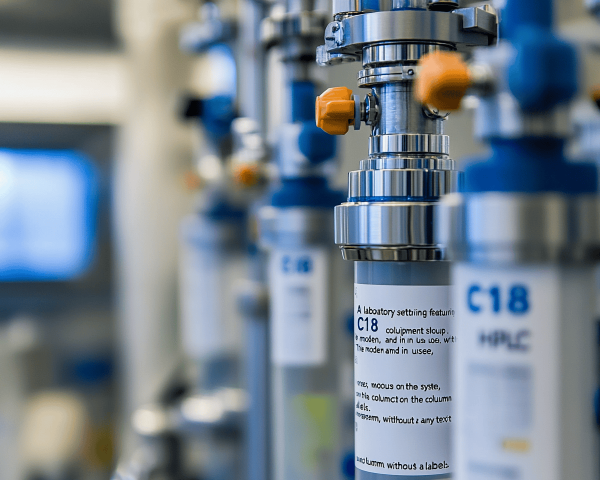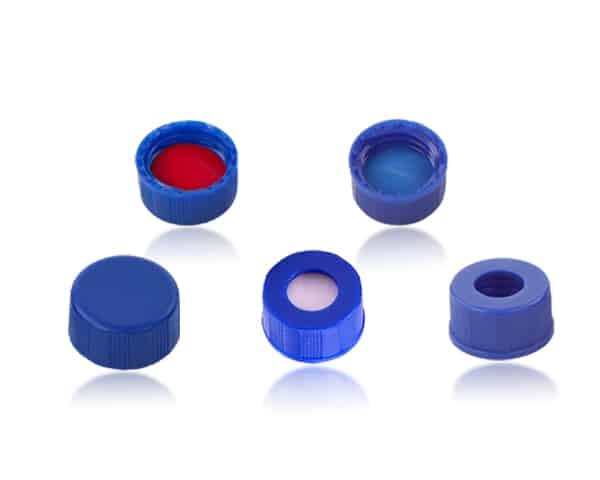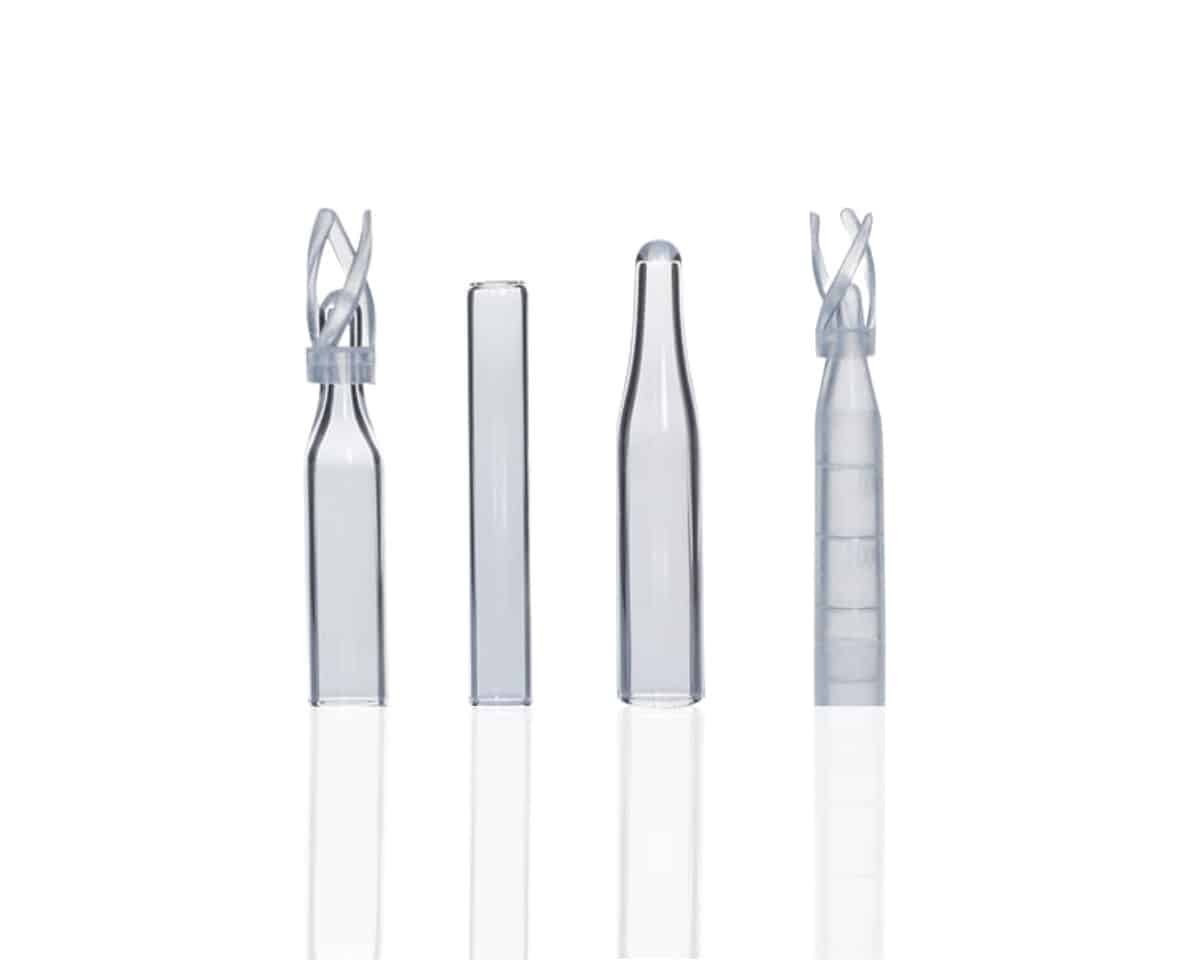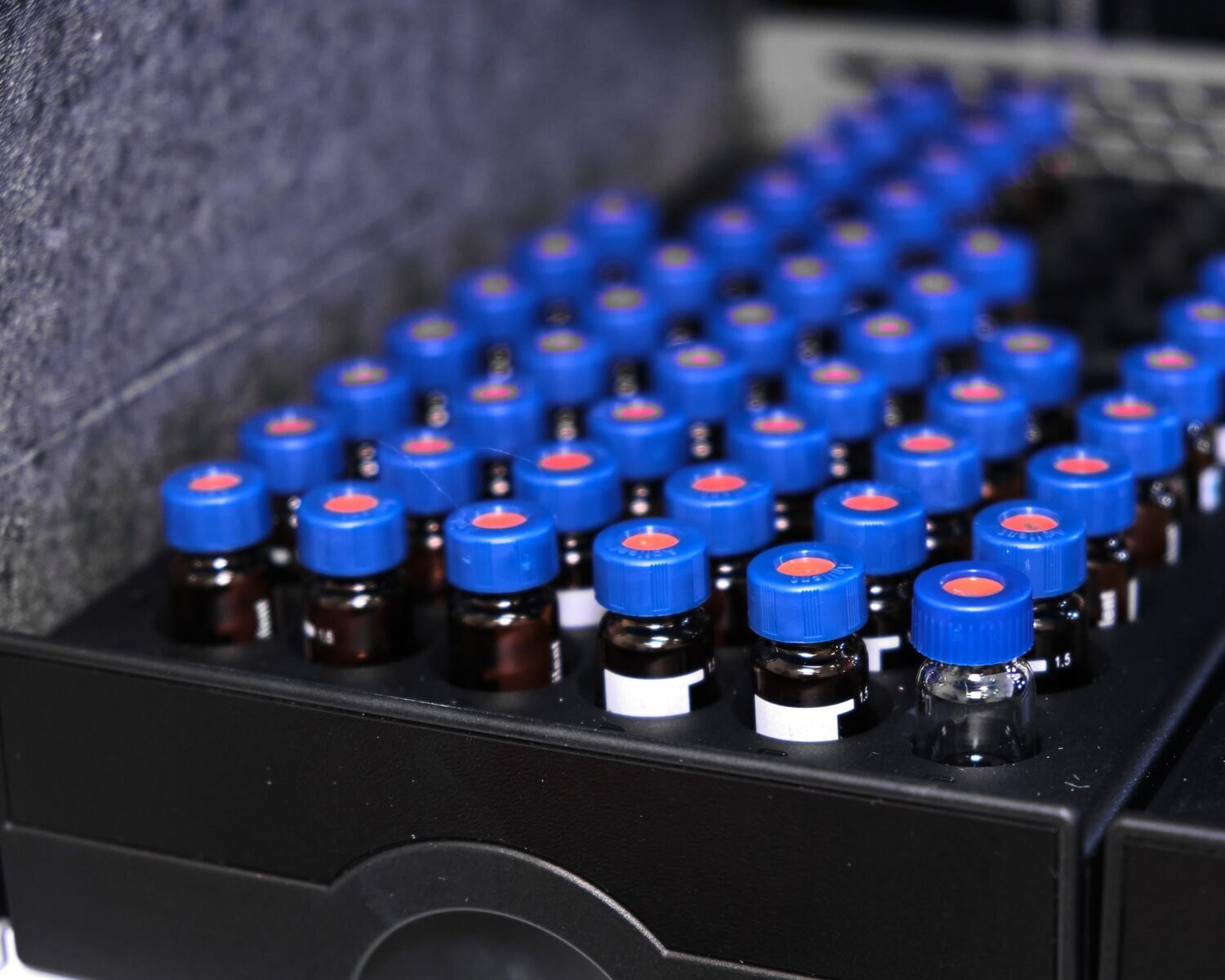When was the last time we sat down and had a good old chat about HPLC? It’s something I think about often—especially when I’m knee-deep in the lab. You know, HPLC (High-Performance Liquid Chromatography) has been my go-to for years, and if you’re anything like me, you’ve had your fair share of questions about how to optimize your process. I remember when I first started, one of the most confusing things was understanding the stationary phase. What about you? Have you ever wondered why silica-based stationary phases are the standard?
Let’s dive into why this particular material keeps coming out on top, and I’ll show you some cool resources along the way.
What Makes Silica-Based Stationary Phases So Popular?
Silica is hands down the most commonly used stationary phase in HPLC. And it’s not just for a random reason—it’s because of how versatile it is. Silica has a high surface area and is stable, making it perfect for many chemical modifications, especially C18 (octadecylsilane). What do I think of that? Honestly, I think it’s genius. It’s like getting one tool that can fit almost any job.
Stability and Durability of Silica
The stability of silica is key to its effectiveness. It holds up under extreme pH conditions, so whether you’re working in acidic or basic environments, silica’s got your back. This is something you’ll especially appreciate if you’re dealing with complex mixtures that need precise separation. I remember running a sample on a late Friday afternoon and thinking, “Man, I’m so glad I’m using silica. It’s a life-saver.”
Silica’s High Surface Area
Another thing worth mentioning is silica’s high surface area. The larger the surface area, the more interactions it can have with the analytes you’re separating. This helps in achieving a higher resolution and, ultimately, a better separation. Do you agree? Isn’t it just fascinating how much science can pack into such small particles?
Easy Modification for Versatility
Silica’s surface can be easily modified, which makes it even more versatile. The C18 modification, where octadecylsilane groups are attached to the silica, creates a hydrophobic surface ideal for reversed-phase chromatography. In this case, non-polar compounds stick longer, allowing for better separation of those hard-to-separate compounds. Imagine trying to untangle a pile of strings—this is essentially what the C18 phase does, but with molecules.
Why Silica Over Other Phases?
It’s easy to wonder why we always come back to silica. Other stationary phases like polymer-based materials or alumina can certainly be used, but silica’s balance of cost, performance, and flexibility makes it unbeatable in many standard applications. I’ve tried others in the past, and they work fine, but nothing quite compares to silica when you’re aiming for both precision and reliability.
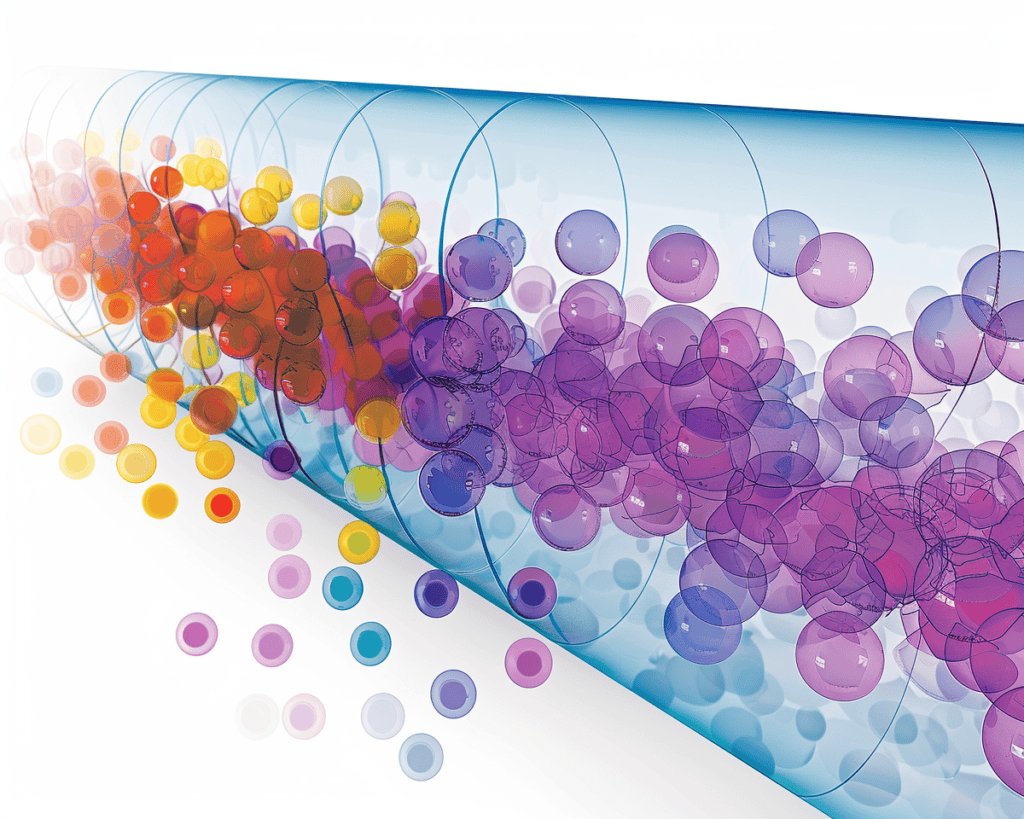
The Role of C18 in Reversed-Phase HPLC
Now let’s get into the specifics of C18, which is the most popular modification for silica in reversed-phase HPLC. This type of chromatography is super common—seriously, if you haven’t used it yet, you probably will soon. But what’s the deal with C18? Why is it so crucial?
How Does Reversed-Phase Work?
In reversed-phase HPLC, the stationary phase is non-polar (thanks to C18) while the mobile phase is polar, like water mixed with organic solvents. This setup allows for non-polar compounds to stick around longer in the column, while polar compounds are eluted faster. Think of it like trying to get oil and water to mix—it just won’t happen easily. This phase interaction helps separate components based on their polarity differences.
Common Applications of Reversed-Phase HPLC
Reversed-phase HPLC is widely used in pharmaceuticals, biotechnology, and food safety, among other industries. The separation power is so strong that it’s often the go-to technique for complex mixtures, including proteins, peptides, and small organic molecules. What do you think? Doesn’t it make sense why so many labs are hooked on this method?
The Advantages of C18 Over Other Modifications
While C18 is the most common, other modifications like C8 or phenyl can be used. However, C18 offers a longer chain and thus greater hydrophobicity, making it more effective for a wider range of analytes. I’ve tried C8 before, and while it’s great for certain applications, I always come back to C18 when I need a broader scope.
Silica’s Role in Other Types of HPLC
Although reversed-phase is the most common, silica is also used in other forms of HPLC, such as normal-phase and ion-exchange chromatography. These techniques require different stationary phases but still often rely on modified silica for optimal performance.
Normal-Phase HPLC
In normal-phase HPLC, the stationary phase is polar, while the mobile phase is non-polar, the opposite of reversed-phase. Here, unmodified silica is commonly used. It’s great for separating polar compounds, and I’ve found it especially useful in analyzing certain organic compounds like carbohydrates.
Ion-Exchange HPLC
Silica is also useful in ion-exchange chromatography when it’s modified with charged groups. This form of HPLC is perfect for separating ions and polar molecules based on their charge. I’ve used it a few times in environmental testing and always found the results to be spot-on.
Tips for Choosing the Right Phase
Choosing the right stationary phase can feel overwhelming, but remember, it all comes down to the nature of the sample and the kind of separation you’re aiming for. If you’re unsure, start with C18 in reversed-phase HPLC—it’s reliable, versatile, and works for most compounds. Once you get the hang of it, you can start experimenting with other phases depending on your needs.
Conclusion: Silica Continues to Dominate
So, what do you think? Silica-based stationary phases, especially with C18 modifications, clearly remain a top choice in HPLC, and for good reason. They offer stability, versatility, and are adaptable across a wide range of industries—from pharmaceuticals to environmental testing. Whether you’re running reversed-phase HPLC or exploring other methods, silica can almost always handle what you throw at it. I’m curious, have you had the same experience with silica? Let’s keep the conversation going!

